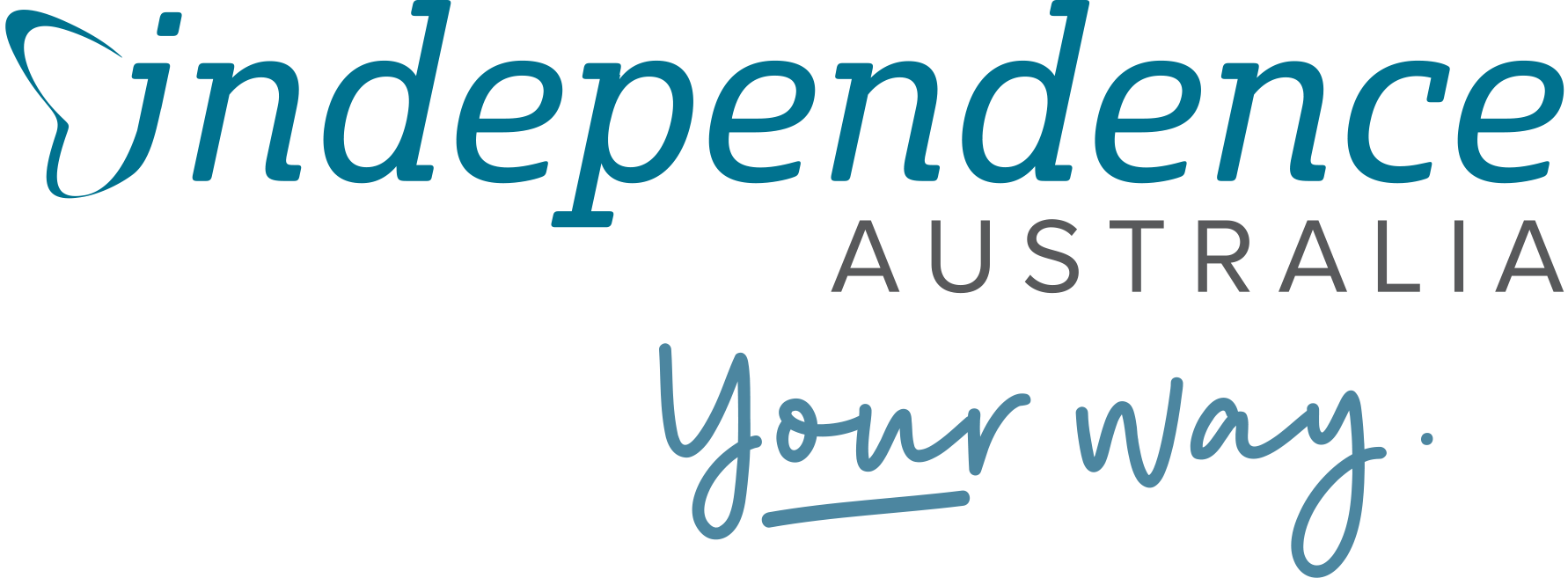The invisible struggles of invisible disability
For International Day of People With Disability, an anonymous disabled person writes about the struggles of living with invisible disability.
I have only ever been offered a seat on a train once. It was the day I wore a shirt with the name of my workplace, a disability organisation. Someone saw my shirt and looked flustered, offering up their seat. It was a packed train, and I was holding onto a grab handle trying to keep my balance. As the train turned and bounced up and down, my shoulder—being yanked by the handle above—came out of place.
My hip was burning from standing on it. I’d been in physio for nearly a year trying to manage the pain of it. And the action of standing with one arm up towards the sky was making me tachycardic and breathless. My heartrate was at an uncomfortable 130bpm, making me feel like I might pass out. No one would know these things were happening just by looking at me. But this happened every time I walked onto a busy train. The only time I was able to avoid it was on the day that things were made visible.
What you don’t see
I don’t deny that there are certain privileges to having an invisible rather than visible disability. With an invisible disability, you might be able to “pass” as able-bodied. However, choosing to “pass” comes at a cost and is often a choice made when there are no better options because your safety or security is at risk.
Choosing to “pass” as able-bodied may mean that it’s easier to go into a job interview or attend university. You might not have to deal with difficult conversations or outright discrimination. But it all comes at the cost of not having your access needs met and not living authentically. Sometimes “passing” isn’t a choice and the impacts can be profoundly damaging. It can make areas of education, employment, medical care, socialising, and simply just getting your access needs met more challenging.
Harmful assumptions
Although I met the criteria, I had to see four doctors before one would fill out a form for me to receive a disabled parking permit. Three of them said at age 18 I was too young for it, that I couldn’t possibly have a disability because I didn’t look like I did.
Shortly after that, I got a $250 fine from a police officer who saw me walk 30 metres to speak at an event about overcoming the obstacles of invisible disabilities. When I made a complaint, I was told the police officer couldn’t be blamed for making that assumption because I didn’t look disabled, even though the permit was associated with my name.
Around the same time, I had a professor decide they wouldn’t honour my access plan because I “looked fine” and was probably just taking advantage of the system.
These might sound like unique and rare incidents, but I’ve known so many people who’ve been through similar experiences. The challenge that comes with having an invisible disability is feeling invisible almost all the time.
A sense of belonging
I feel fortunate to have family and friends who aren’t afraid to tell me about the things they can and can’t do. But it’s not always comfortable or safe to disclose these things in social situations. Invisible disabilities can have huge impacts on relationships.
Many people, including myself, have been conditioned to feel like they need to hide their disability. It can be challenging to get to the point where you feel comfortable letting someone know what you can and can’t do and what you need to stay safe and well. And sometimes, even after getting to the point where someone decides to disclose, there’s still the very real possibility of facing negative reactions.
I’ve had friends who told me focusing on the things I couldn’t do made me a drag to be around. Instead of swapping out activities I couldn’t do with ones I could, they wanted me to push through and stop “admitting defeat”. People can pretend you don’t have a disability since they don’t see it. But you can’t pretend it away.
The invisible becoming visible
This year has been a uniquely challenging one for everyone, and especially disabled people. People with disabilities already must deal with societal barriers that make it more challenging to find meaningful employment, obtain education, and participate in life more generally.
But one positive that has come from all these challenges is the way that the invisible has become visible. At work, among friends and family, and in the media, I’ve seen a new openness about things we don’t see: loneliness, mental health, and health issues. We have gone further than ever before on normalising the diverse experiences of being human, often ones we can’t see at first glance.
